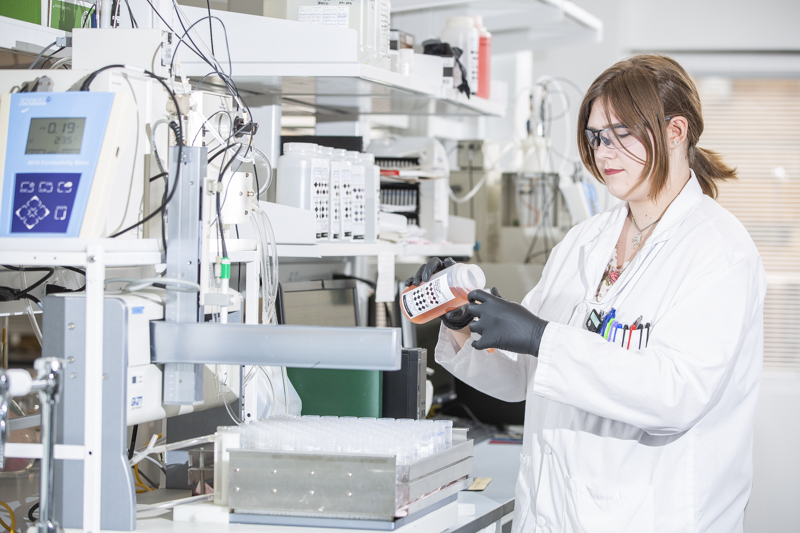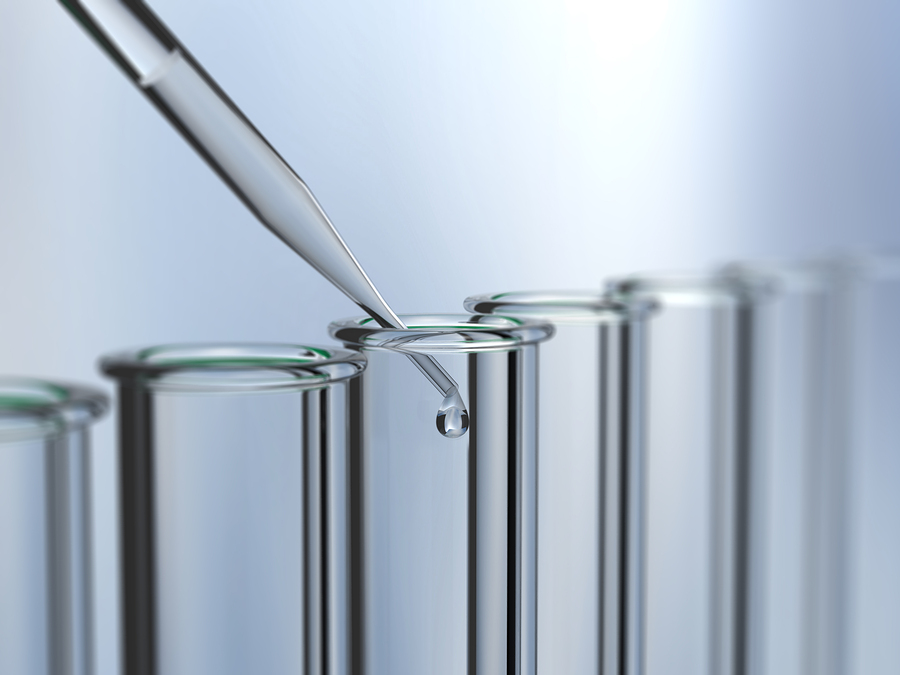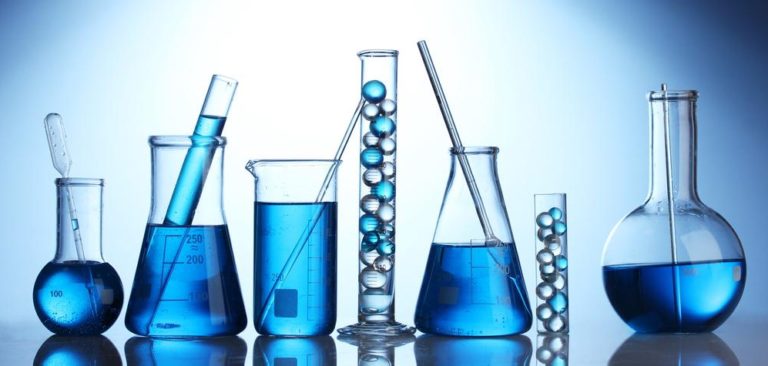Discover What Is Included in Water Checking and Exactly How It Makes Certain Safe Drinking Water
Understanding the complexities of water testing is critical in guaranteeing the high quality and security of our alcohol consumption water. With a careful assessment of physical, chemical, and microbiological elements, water screening recognizes possible impurities that might present health and wellness dangers. From the existence of hefty metals to damaging bacteria, each test component plays a critical duty in keeping the stability of our water system. Advanced methods like chromatography and spectrometry enhance the accuracy of these evaluations. Yet, just how do these procedures equate right into the governing frameworks that guarantee security in our day-to-day intake?
Key Parts of Water Testing
Water screening is a crucial process that entails numerous essential components to make certain the safety and security and quality of drinking water. Furthermore, making sure the pH equilibrium of water is vital, as it influences the water's corrosiveness and the efficacy of disinfection processes.
Another considerable element involves microbiological analysis, where water samples are analyzed for the existence of bacteria such as germs, infections, and protozoa. If consumed, this analysis is essential to recognize organic hazards that could pose health threats. In addition, chemical evaluations are performed to detect organic and not natural materials, such as hefty metals, nitrates, and chemicals, that could be existing in the water.

Identifying Dangerous Pollutants
Identifying damaging contaminants in alcohol consumption water is a basic element of protecting public wellness. This process entails identifying possible risks that can endanger the quality and safety and security of water supplies. Pollutants can vary from bacteria such as microorganisms, viruses, and protozoa, to inorganic substances like lead, arsenic, and nitrates, as well as organic contaminants including chemicals and commercial chemicals. Each kind of pollutant postures distinct health and wellness risks, making their detection critical to guarantee the water taken in by the public is secure.
Water testing for impurities is commonly conducted by regulatory agencies and water utilities, employing a mix of area sampling and laboratory evaluation. These assessments are designed to spot both naturally happening compounds and anthropogenic contaminants that may have entered the water system with agricultural runoff, industrial discharge, or aging framework. Normal surveillance is important, as contamination degrees can change as a result of ecological modifications, seasonal variations, or human activities.
The recognition of unsafe impurities educates needed actions, such as water treatment interventions or public advisories, to minimize dangers. Early discovery is essential to avoid negative health effects, ranging from stomach diseases to long-term problems like cancer, thus making sure the continued safety of alcohol consumption water.

Chemical Evaluation Techniques
In the world of making sure safe alcohol consumption water, chemical evaluation methods play a pivotal duty in identifying and evaluating contaminants. These approaches are necessary for spotting a vast range of chemical materials, including hefty steels, pesticides, and commercial pollutants, which can present significant health and wellness threats. Methods such as atomic absorption spectroscopy (AAS) and inductively combined plasma mass spectrometry (ICP-MS) are generally employed to determine trace degrees of metals like arsenic, lead, and mercury. These tools provide precise metrology, facilitating compliance with regulative criteria.
Gas chromatography-mass spectrometry (GC-MS) is one more important strategy, particularly for organic compounds. It separates complicated blends and determines semi-volatile and unpredictable organic compounds, ensuring that toxins like benzene and toluene are within secure restrictions. High-performance fluid chromatography (HPLC) is in a similar way made use of for non-volatile compounds, including certain pesticides and pharmaceuticals.
Ion chromatography is used to determine focus of cations and anions, such as nitrates and sulfates, which are essential in examining water high quality. These chemical analysis techniques jointly make sure that drinking water remains secure by spotting deviations from developed pureness norms, thereby guarding public health and wellness. Making sure accuracy and accuracy in these examinations is extremely important to preserving the integrity of water safety and security evaluations.
Microbiological Examining Approaches
Precise microbiological testing is critical for securing public health by making certain that alcohol consumption water is without harmful microorganisms. This process includes finding and specifying microorganisms such as germs, infections, and protozoa that might contaminate water products. Usual pathogens consist of Escherichia coli, Giardia, and Cryptosporidium, each posturing significant health threats.
Numerous methods are employed in microbiological testing to determine these threats. The membrane layer filtration method is frequently utilized, involving water travelling through a filter that captures germs, which are after that cultured to determine their existence and focus. Alternatively, the multiple-tube fermentation approach enables the quantification of coliform microorganisms using a series of dilution and incubation actions.
Advancements in innovation have actually presented molecular strategies such as polymerase domino effect (PCR), which permits the fast and very specific discovery of virus by enhancing their genetic product. Enzyme-linked immunosorbent assays (ELISA) additionally supply a method to spot microorganisms by determining details healthy proteins or antigens.
These differed approaches are important for extensive water top quality evaluation, making certain that water treatment procedures are reliable you can try here which distribution systems maintain security. By using these microbiological testing methods, potential carcinogen can be determined and alleviated promptly.

Relevance for Public Wellness
Making sure the microbiological security of drinking water straight impacts public wellness by stopping the spread of waterborne illness. Pathogens such as microorganisms, infections, and protozoa can result in illnesses like cholera, dysentery, and gastrointestinal infections (Water Tesing Services Orlando). The application of comprehensive water screening procedures is critical in recognizing and alleviating these dangers, thus guarding neighborhoods from potential break outs
Regular water screening not only discovers microbial contaminants yet likewise assesses chemical and physical specifications that my site could impact health. Extreme degrees of nitrates or heavy metals such as lead can posture significant health and wellness threats, particularly to prone populaces like infants and expecting females. By determining these hazards early, water screening makes it possible for timely interventions, making certain the supply of water stays within secure intake requirements.
In addition, water screening plays a vital role in maintaining public confidence in local water supply. It provides openness and responsibility, reassuring the public that their health and wellness is a priority. For policy makers and wellness authorities, the information stemmed from water testing notifies choices on facilities financial investments and public wellness approaches, ensuring resources are guided where they are most required. By doing this, water screening is important in promoting a healthier, more secure society.
Final Thought
Water testing functions as an essential system for making sure the security and quality of alcohol consumption water via detailed examination of its physical, chemical, and microbiological properties. By discovering dangerous pollutants, such as heavy steels and pesticides, and utilizing innovative methods like chromatography and spectrometry, water testing helps with the identification of possible health threats. The application of rigorous screening procedures is vital for maintaining compliance with security criteria, eventually securing public health and wellness and reinforcing confidence in local water systems.

By determining these dangers early, water screening allows prompt treatments, ensuring the water supply stays within risk-free intake criteria.
Water testing offers as an important system for making sure the security and top quality of alcohol consumption water via thorough click for more evaluation of its physical, chemical, and microbiological buildings.